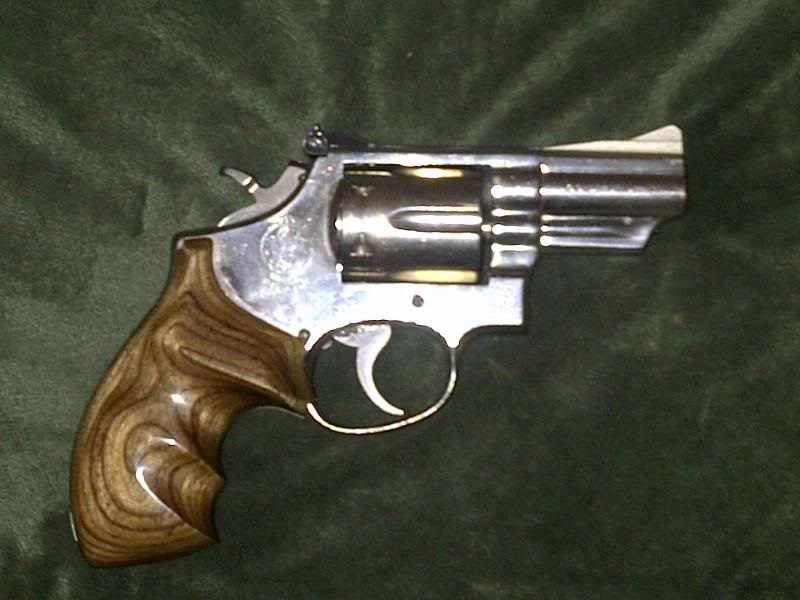BigJimP, Post #6, well done, great points. As you pointed out, it's controlability that's the issue...if you can't get follow up shots on target, you'll be in trouble.
Front Sight, the NV based training institute points out that you have 1.8 seconds from wherever you've packed your defensive hand gun to get two shots, aimed, and within a hand's breadth apart to the thoracic region at 21 feet. Will that stop the fight? Maybe, but it should give you more time to find cover, or get the heck out of Dodge.
They also point out that off the range and on the street, if you're lucky, you're shooting accuracy is degraded by 50%...that's why the hand's spread grouping is used...it'll still keep you in the thoracic region with a 50% degradation...practice that way...if your groups are smaller, then you are wasting valuable time, if bigger, you need to slow up to ensure hits where you need them. Again, it's contolability, that's the issue.
They also teach 'controlled pairs' vs 'double taps'. A controlled pair is two shots, delivered with two distinct tho brief sight pictures...the first with a sight alignment, the 2nd with a sight alignment, however brief. In a 'double tap'; it's two shots delivered as rapidly as possible from the first and only sight alignment. FS has shown that that 2nd shot in a double tap, most often goes too high to land in the thoracic region...and they contend that it's a wasted shot. The controlled pair method, gets both shots in where they're needed and takes only a split second longer...1.8 seconds from the holster is the qualifying standard.
Fire breathing magnums are fine, but if you can't get that 2nd, 3rd, or 4th shot off in a near panic situation, you're fooling yourself. The "one stop shot" is a Hollywood myth, unless you're very lucky.
JMHO, & Best Regards, Rod



